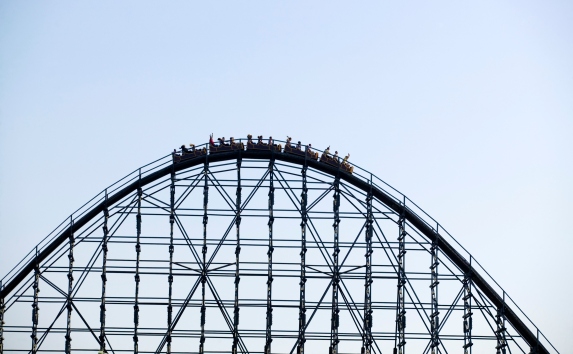Low volatility offerings designed to minimize volatility; 'lot of risk aversion from advisers right now'
Boutique alternatives shop AQR Capital Management launched three new funds this week that put a defensive spin on equities.
The AQR U.S. Defensive Equity Fund Ticker:(AUEIX), AQR International Defensive Equity Fund Ticker:(ANDIX) and the AQR Emerging Defensive Equity Fund Ticker:(AZEIX) each will invest in low-beta, high-quality companies in their respective regions.
The funds are designed to deliver equity-like returns without equity-like volatility, principal David Kabiller said.
“There's a lot of risk aversion from advisers right now,” he said. “Given the outlook for the next three to five years, it's easy to understand why.”
Investors have already shown a hankering for equity strategies that focus on low volatility. The PowerShares S&P 500 Low Volatility ETF Ticker:(SPLV) has grown to more than $2 billion in assets since its launch 14 months ago. A series of other low-volatility ETFs have followed in its wake.
Unlike the passively managed low-volatility ETFs, which simply weight stocks based on past volatility, the AQR funds are actively managed and will use a series of fundamental screens, such as earnings-per-share volatility and low leverage, in addition to beta.
“Low-beta stocks have the same characteristics as high-quality stocks,” Mr. Kabiller said.
Several studies have shown that over long time periods, stocks with low volatility tend to outperform. The PowerShares S&P 500 Low Volatility ETF, for example, had a 9% return over the one-year period ended June 30. Meanwhile, the S&P 500 had a return of 1.63% over the same period.
Low-volatility strategies are likely to underperform during market rallies, however. During the fourth and first quarters, the S&P 500 charged ahead to a 12% gain, while the return on the PowerShares ETF was half that.







